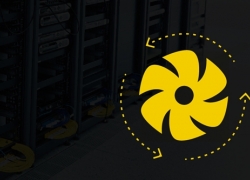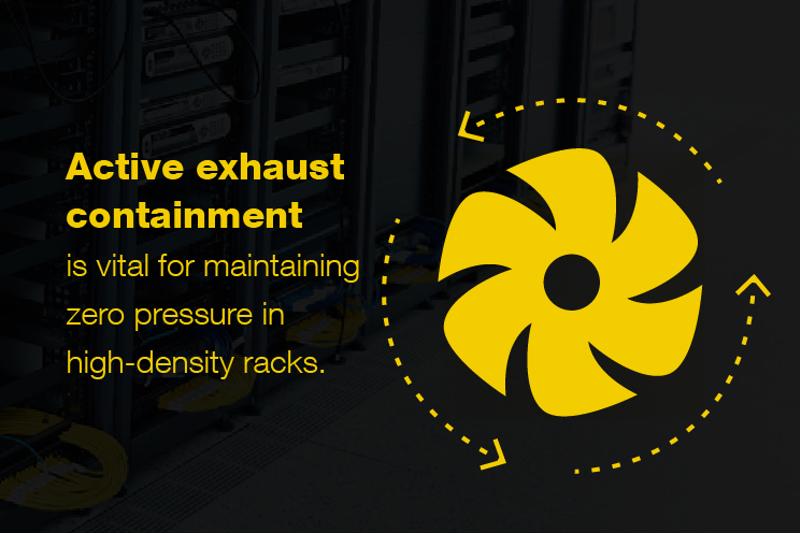How to stay cool and protect your expensive network switches
How to stay cool and protect your expensive network switches

Every summer, it seems another heat record is smashed. This year, the West has been hit particularly hard, with Phoenix, much of Southern California – including Los Angeles – parts of Nevada, Salt Lake City and even Boise experiencing record-high temperatures.
Beyond the general discomfort of a summer swelter, data center managers must also deal with the operational threat of rising facility temperatures. This means keeping all racks, even those positioned farthest from the cool-air source, running at optimal temperatures while minimizing the total data center cooling capacity to facilitate resource efficiency. Granted, this can be somewhat challenging, but it's especially critical for keeping top-of-rack network switches running at safe temperatures. To that end, here are a few tips that can help you keep your data center, and your network switches, cool this summer.
Eliminating ToR hotspots is key
"Facilitate front-to-back cooling, regardless of network switch orientation."
Typically, temperatures will run up in racks farthest from the cool-air source – and, more often than not, those racks are positioned highest in the cabinet. Increasingly, that means deploying ToR network switches, which have become a regular presence in the data center, despite being a luxury just a few years ago. In terms of cost, these can run anywhere from the mid-hundreds to the mid-thousands depending on make and model. Ensuring that they operate at optimal temperatures is crucial to keeping them around for a while, and more importantly, preventing them from failing.
The fact that technicians tend to mount ToR switches backwards so that connections are in the rear of the cabinet aggravates the situation. This is especially problematic considering that a failing ToR network switch would knock the entire cabinet of servers offline, precipitating costly downtime.
According to TechTarget contributor Robert McFarlane, though, there is a simple solution for this problem. Small hardware units can be placed at the front of a cabinet to facilitate front-to-back cooling, regardless of the orientation of the network switch. This ensures enough cool air passes through mission-critical network switches, regardless of where on the cabinet they're positioned.
Active containment is crucial for high-density racks
Proper exhaust containment is integral for maintaining zero pressure in high-density racks, regardless of whether network switches are placed at the end of the row or at the top of a rack. If hot air is not adequately expelled from each cabinet, it risks mixing back into the cold aisle, which can stifle attempts at resource efficiency.
While passive containment is usually a satisfactory methodology for low-density setups, high-density racks require active containment. This involves placing containment chambers at the top of each cabinet with embedded pressure sensors that control fans within those chimneys. Rotations-per-minute will increase with pressure to ensure that heat is consistently expelled, which can help lower the temperature without necessitating greater cooling capacity.
There are other simple ways to stay cool that will likely become more mainstream in the years ahead. For example, the use of white cabinets can help reflect light and heat away from cabinets. But until more white IT equipment is manufactured, the return on investment in using such cabinets would be minimal.
For now, though, there are simple ways to stay cool, even as temperatures blaze outside – namely by using the right data center cooling hardware.
Here's to staying cool for the remainder of summer 2017!




